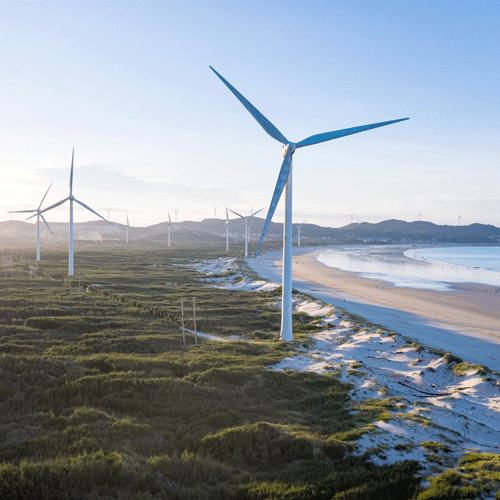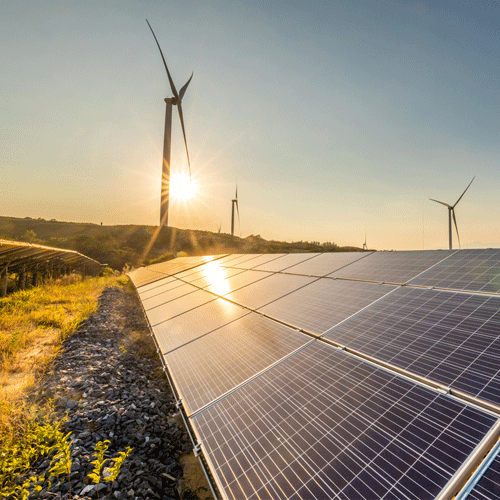Overall, the biggest chunk of carbon emissions – about two thirds – come from burning fossil fuels for any and all purposes. That’s why the energy transition from fossil fuels to renewable resources is so important to slow climate change. Renewable energy is usable energy created through naturally recurrent processes—the wind blowing or the sun shining, for example. Some common examples of renewable energy sources are solar, wind, hydro, tidal, geothermal and biomass.
Since greenhouse gas emissions cause global warming, a look at how we produce greenhouse gas emissions clearly shows that replacing fossil fuels with renewable energy is good for the environment. Globally, the biggest source of greenhouse gas emissions in 2016 by activity was manufacturing and construction, accounting for 24.3% the total, according Earth Charts based on data from the IEA and Climate Watch. Road transport accounted for 12.1% (with total transport rising to 16.5%). Agriculture and residential uses were similar, at 11.9% and 11% respectively. These figures do not strip out the energy sector, however. According to the Intergovernmental Panel on Climate Change (IPCC), energy accounted for 29.3% of global greenhouse gas emissions in 2014, followed by 19.5% for transport and 19% for industry.







